Edgar Cervantes / Android Authority
Google Assistant was announced at Google’s I/O developer conference back in 2016, and made its official debut on Pixel phones in October of the same year. The basics of Google Assistant are easy to understand, but there’s a lot more beneath the surface you may not be aware of.
This post covers most of it — from explaining what Assistant is and how to use it to the devices it powers and the commands it understands. So whether you’re brand new to Google Assistant or already have some knowledge, you should learn a few things in this guide. Let’s dive in.
Editor’s note: All instructions in this guide were made using a Google Pixel 7 running Android 14. Keep in mind that things may differ depending on your hardware and software.
What is Google Assistant?
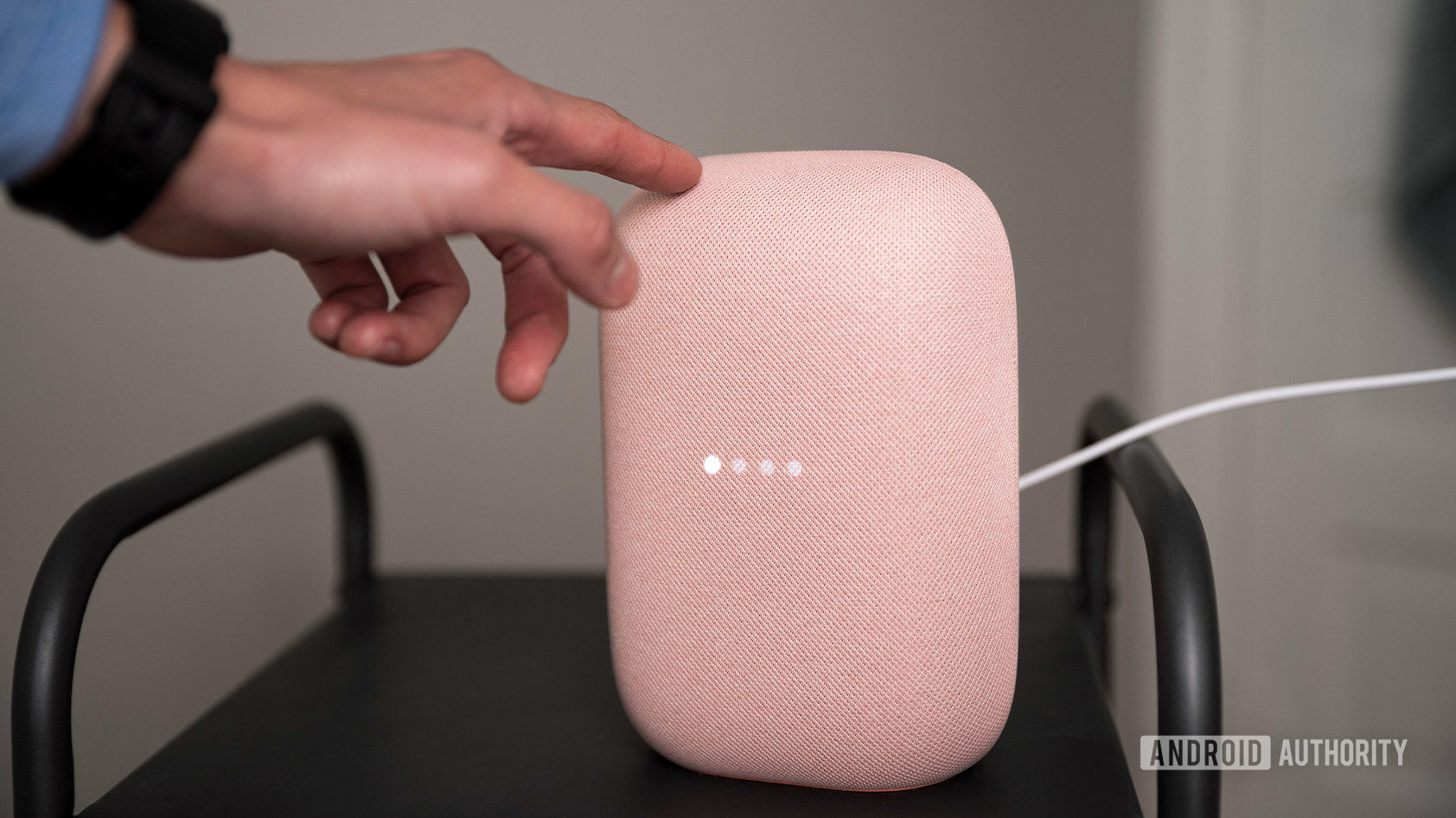
Lily Katz / Android Authority
Google Assistant is Google’s virtual helper. It allows you to get stuff done faster. You can use automation or voice commands instead of tapping a screen a gazillion times.
Depending on the device and platform, Assistant can open apps, send messages, make calls, play a specific song, check the weather, control smart devices, set timers, grab general information, set alarms, and many other things.
Of course, Assistant isn’t available just on phones. You can also find it on smart speakers, smartwatches, headphones, and many other products — more on this later.
What can Google Assistant do?Google Assistant can do a bunch of things. We’ll talk more about the main features later in this guide, but here is an overview of some of its main capabilities.
Google Assistant requirements
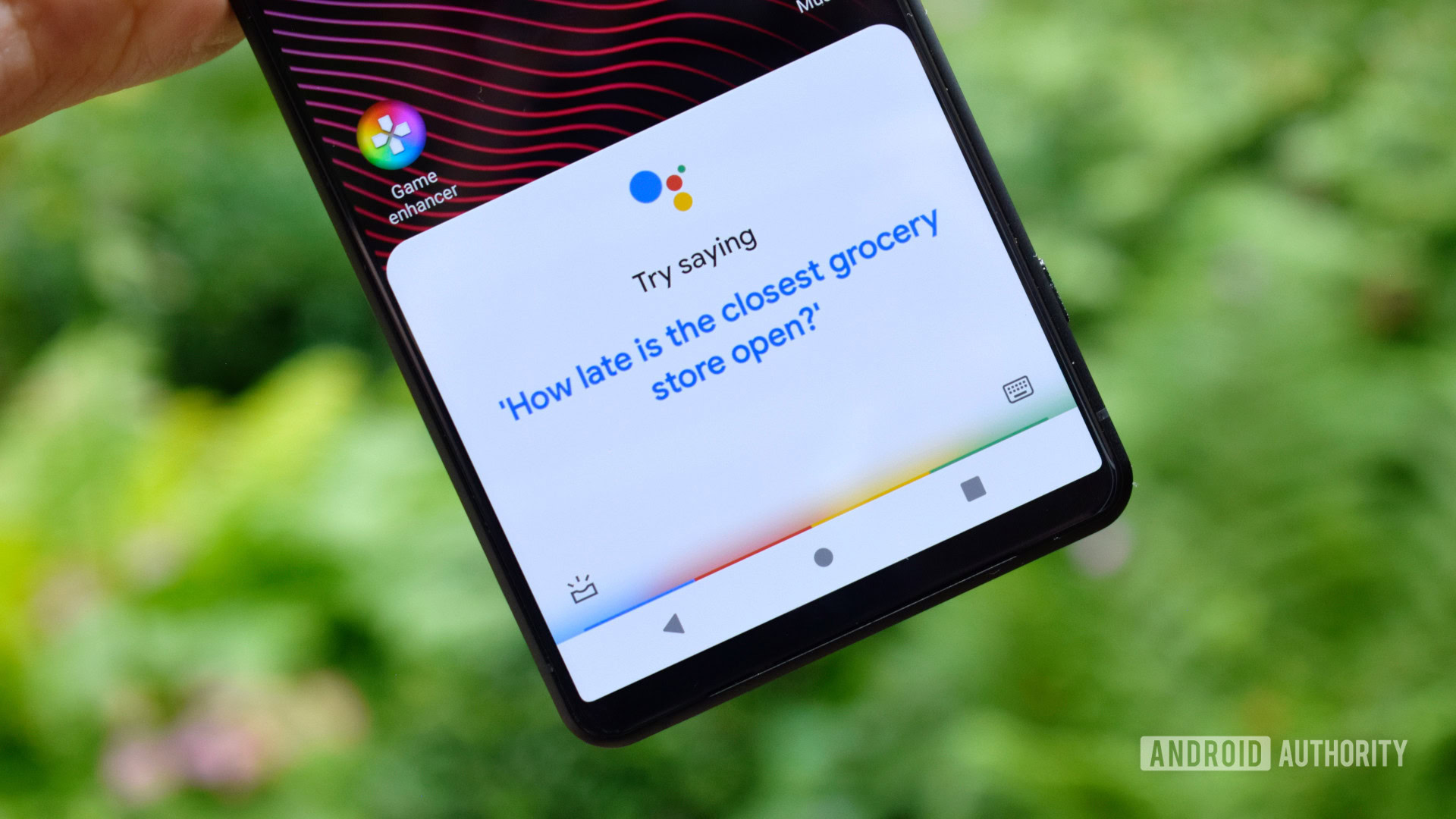
Robert Triggs / Android Authority
First things first, we need to find out if your phone supports Google Assistant. The good news is that most do, and you should have no issues running it unless you have a very old device.
It’s available on all handsets running Android 5.0+ with at least 1GB of RAM, or Android 6.0+ and at least 1.5GB of RAM. Supported phones also have to have Google Play Services installed, sport a minimum of a 720p display, and run the Google app version 6.13 or higher. The technology has also been incorporated into many other platforms, including Google-based intelligent speakers and displays.
Assistant will only work if you have a device’s language set to one it supports. These include English, Spanish, German, French, Italian, Portuguese, Japanese, Chinese, Dutch, Russian, etc. The only issue is not all Google Assistant devices support all languages. You can learn more about language support here.
By the way, iPhone and iPad users can also take advantage of Google Assistant! You will need iOS 11 or newer, a device set to a supported language, and the Google Assistant app, which you can get from the Apple App Store.
How to set up and use Google Assistant
Oliver Cragg / Android Authority
To use Google Assistant on your Android smartphone, you first must enable it. Don’t worry — the process is so simple even your grandma can do it, and it won’t take more than a minute or two of your time.
How to enable Google Assistant:
Now that Assistant is turned on, it’s time to take it for a spin. You can say “OK, Google” or “Hey, Google,” and then state your command. An example of this would be, “OK, Google, play a funny cat video on YouTube.” If, for any reason, the voice command isn’t working, there is a chance it’s disabled. Check the settings to make sure it’s enabled.
How to enable the “Hey, Google” command:Keep in mind some phones have to be unlocked for this to work. If the screen is turned off when you say a command, Google Assistant will hear it, but may ask you to unlock it before performing the requested task. It’s an annoying feature, but it’s there for security reasons.
There are a few alternative methods of summoning Assistant. The main one is to press and hold the home button on your device and wait for Assistant to pop up. If you’re using gestures on Android 10+ or don’t have a home button, you’ll have to swipe up and toward the middle from the bottom left or right corner. Some phones from brands like Nokia and LG also have a dedicated Google Assistant button. Or you can access it from the dedicated button on the search bar.
Remember that you can also write to the Assistant instead of speaking to it. This comes in handy when you’re in public and don’t want people to think you’re crazy for giving your phone demands. To try this out, summon Assistant, tap the keyboard icon, and type in your request.
Devices

Edgar Cervantes / Android Authority
There are two types of Google Assistant devices to know about. One has Google Assistant built-in, while the other only works with Assistant. That means they don’t have Assistant per se, but can be controlled with voice commands via smartphones, smart speakers, and other devices. We’ll take a closer look at the two options below.
Devices with Google Assistant built-inSmartphones and tablets: Google Assistant is on board all newer phones and tablets, as well as loads of older ones running at least Android 5.0. There are a few other requirements in this case, which you can check out in the intro. iPhones running iOS 11 or newer can also use Google Assistant.
Smart speakers/displays: Getting a smart speaker or display is one of the first steps to take if you want to set up a smart home. A smart speaker can play music, radio, or podcasts, answer general knowledge questions, and control accessories like lights, locks, and thermostats. A smart display basically does the same thing, but also supports video services like YouTube, video calls via Zoom or Google Duo, and viewing doorbell or security camera feeds. Nest speakers and smart displays all support Google Assistant, as well as other third-party ones.
Chromebooks: Assistant is available on most Chromebooks — but you may have to turn it on first. You can get the job done by opening Settings, selecting Google Assistant under Search and Assistant, and toggling the feature On. Once that’s done, you can summon it with your voice. If you’re in the market for a new Chromebook, we have a list of the best Chromebooks to spend your money on.
Devices that work with Google Assistant
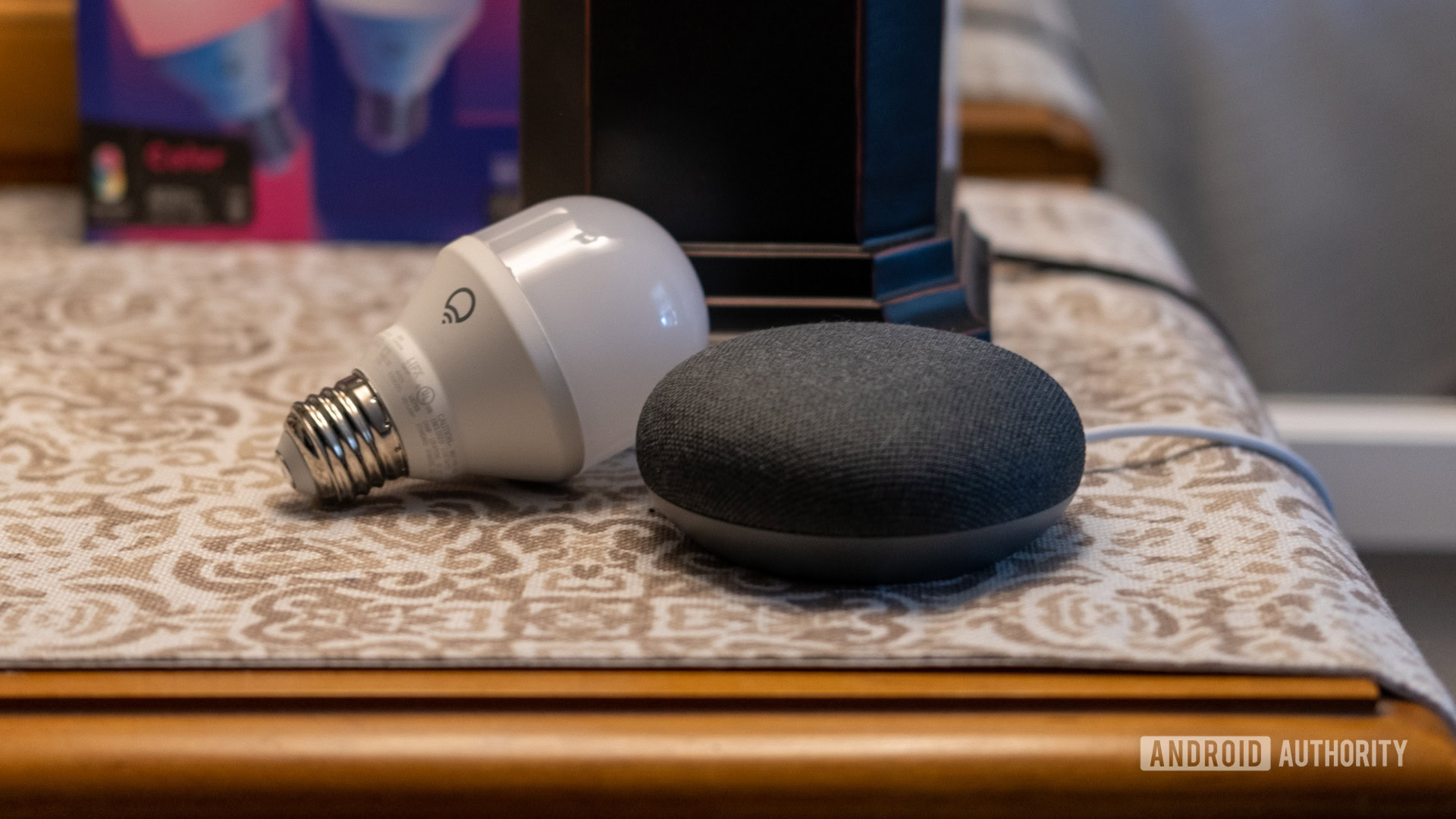
Ryan Haines / Android Authority
Smart security cameras: While some cameras have Google Assistant built-in — like the Nest Cam — most of them work best paired with phones or smart displays, for the obvious reason that you’re probably trying to check in remotely. Those interested can check out the best security cameras you can get.
Lamps and light bulbs: If you’re only beginning to set up a smart home, getting a lamp or a few light bulbs that work with Assistant is a smart and affordable move. You’ll be able to turn smart lights on or off with voice commands, even on the road. You could also opt for a smart plug, which allows you to turn any “dumb” lamp on or off.
Headphones: Several headphones work with Assistant, including the Google Pixel Buds Pro and Sony’s popular WH-1000XM5. You can summon Assistant with a tap/press of a button and tell it to skip a song, turn up the volume, etc. Check out the best wireless earbuds. Many of them have Google Assistant support.
Smartwatches: Smartwatches running Google’s Wear OS work with Google Assistant. It is handy for checking the weather, tracking a run, or setting a reminder, among many other things. Google-based smartwatches aren’t as popular as some expected them to become, but they still have a loyal following, and they work amazingly.
These are just some of the more popular devices with Assistant built-in, or that work with it. There are many others, including thermostats and garage door openers, to name a few.
The best commands by category
Once your devices are set up, it’s time to learn some helpful voice commands. Most commands apply regardless of the hardware you’re talking to — but there are some exceptions, such as attempting to watch Netflix on a speaker.
General queriesGoogle Assistant actions
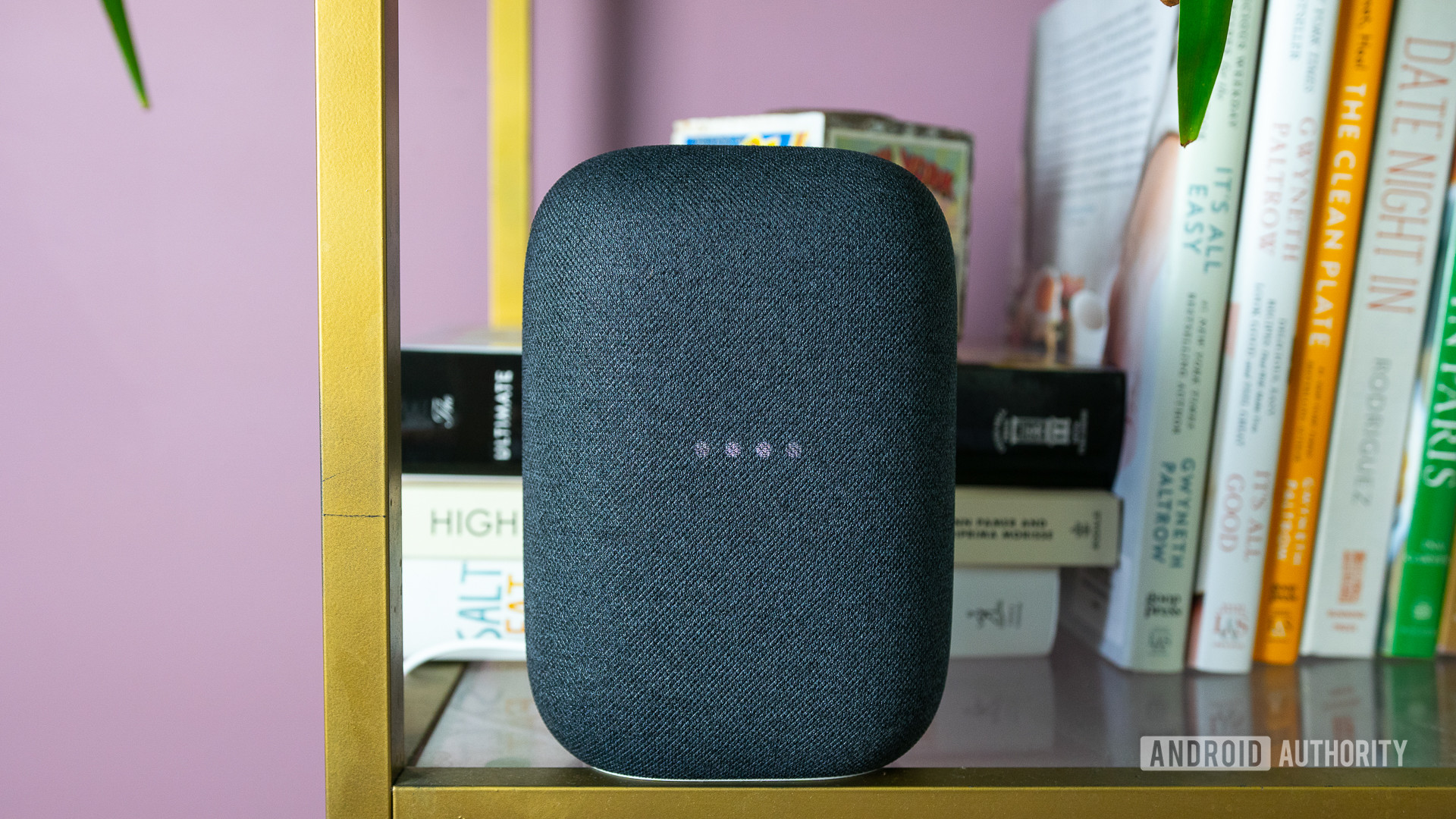
Adam Molina / Android Authority
Google Assistant is powered by actions, which are the little conversations you have with Assistant to get anything done. While Google provides many actions out of the box, additional commands require linking with third-party hardware and software.
Here are a few examples of add-on actions for Google Assistant:
There are over 1 million actions available. Developers can build their Assistant apps and actions using either Dialogflow or the Actions SDK. Dialogflow is a “conversational platform” that offers easy-to-use IDE, machine learning, and other tools while wrapping in the functionality of the Actions SDK.
Google Assistant routines
Rita El Khoury / Android Authority
Google Assistant routines let you trigger multiple actions with a single phrase. As a random example, you might dim lights, lower the thermostat, and fire up your TV with a custom “Netflix time” routine.
In addition to custom creations, some ready-made routines are available, all of which you can tweak to your liking. One of them is called the excellent morning routine. When you say “Good morning” or “Tell me about my day,” Assistant can:
Smart home tips

Edgar Cervantes / Android Authority
One of Google Assistant’s most powerful features is its ability to act as your connected smart home interface. Assistant can control a wide range of devices, starting with your Chromecast or TV through to something as seemingly humdrum as a light bulb. These devices can be configured and controlled through the Google Home app.
Product categories include:You’ll need to connect your devices first. Steps will vary, but the process always includes linking to Google Home.
How to add devices to Google Home:
Be sure to use Home’s nickname and room assignments. This makes controlling specific devices or whole rooms easier when using voice commands.
How to edit devices on Google Home:
Assigning your lights to a room that you label the bedroom, for example, means you can say, “Hey Google, turn off the bedroom lights” and shut off every light in that space simultaneously. Similarly, “OK Google, play music on my living room speaker” will push audio to your living room regardless of what device you’re talking to.
If you plan on setting up a smart home, getting a smart speaker or display is a must, since using your phone is not that convenient. You often have to unlock a phone before it can perform an Assistant action, which complicates matters. There’s no limitation like this with a speaker or display.
Either can act as a hub to control every Assistant-compatible accessory in your home. You can check out a few of the most popular smart home commands below to understand how useful they may be to you.
Take advantage of Quick Phrases
Ryan Haines / Android Authority
Saying “Hey, Google” all day can get annoying. Especially when the time it takes to say a command actually matters. This is why Google has introduced Quick Phrases. These Google Assistant commands allow you to bypass the “OK, Google” or “Hey, Google” hotwords. This feature only works for a couple of actions right now, and it’s a feature you have to deliberately turn on, as it can cause accidental actions.
You can turn on Quick Phrases for stopping or snoozing alarms and timers. It’s also possible to answer, decline, or silence incoming calls. After turning Quick Phrases on, you can just say “Stop” or “Snooze” when an alarm goes off. Additionally, you can simply say “Answer” or “Decline” when your phone is ringing.
Ready to try Quick Phrases? Here’s how to activate it.
How to turn on Google Assistant Quick Phrases:
The Google Home app is full of Assistant settings and options you can play with. We will highlight some of the ones we believe you should at least consider changing here. First, though, we’ll show you how to access your Google Assistant settings.
How to access Google Assistant settings:
Once you’re here, you can start messing around with some of the many Assistant settings and options available. Let’s take a look at some of the main ones.
Google Assistant vs Alexa
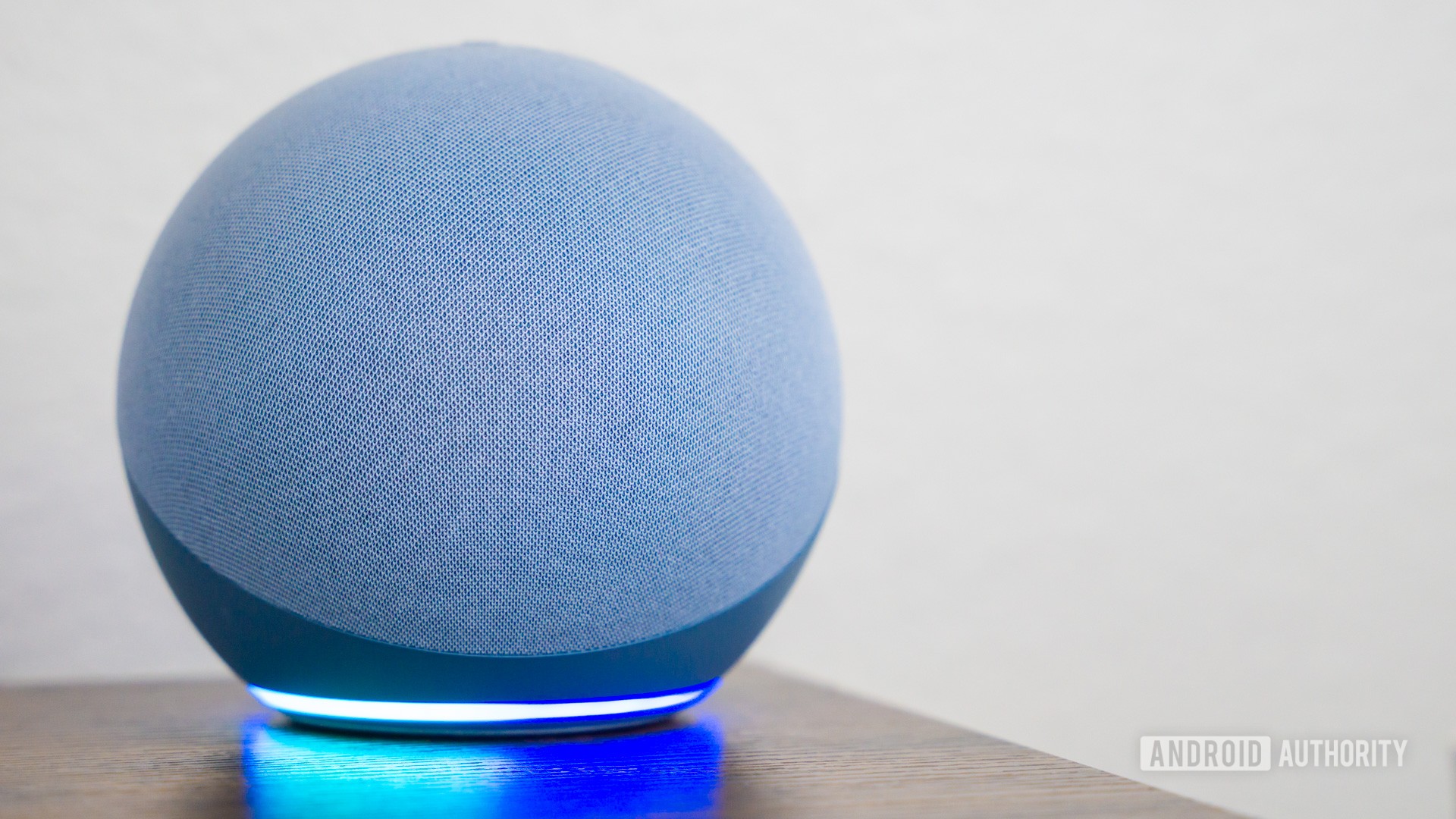
Edgar Cervantes / Android Authority
Google’s closest competition in the assistant and smart home space is Amazon Alexa and the retailer’s Echo speakers.
At a glance, Alexa and Google Assistant are very similar. Both focus on voice commands, and there’s plenty of crossover between the types of actions (or skills, as Amazon calls them) that can be used, ranging from weather forecasts to streaming music.
The latest generations of speakers are starting to diverge in terms of design. Amazon has chosen a spherical design for its newer Echo and Echo Dot models. Meanwhile, Google’s Nest Audio is tall and narrow. More recently, Amazon came out with the Echo Pop speakers, with a semi-spherical form factor.
Like Google, Amazon positions Alexa as an option for third-party speakers. Indeed, Alexa already has an enormous hardware ecosystem encompassing speakers, TVs, car infotainment systems, and even smart mirrors and bathtubs. Google is playing catch-up in portfolio size and partner support.
There are some significant differences in how the two ecosystems operate, and the type of functionality they’re trying to offer. Most notably, Google Assistant can run on many phones, tablets, laptops, and smart home products, while Alexa is mainly tied to the smart home field, with some exceptions. Phones are a priority for Google, with related options you simply won’t find in Alexa. You can download Alexa to your phone from the Google Play Store if you insist.
The best way to think about these differences is that Alexa is predominantly a smart home tool with links to other services. Google Assistant is much closer to a butler, helping you every step of the way, whether you’re trying to get to work or do a quick conversion from miles to kilometers.
If you care about price, Amazon typically wins in this department. While MSRPs can be very similar, Amazon devices are often found at a discount. For example, it’s common to find an Amazon Echo Dot for $20-$35, while a Google Nest Mini rarely goes on sale, and when it does, it’s not discounted by much.
The future of Google Assistant

C. Scott Brown / Android Authority
Google isn’t very clear about how the future of Google Assistant will play out, but there is one enhancement we are very excited about. In October, Google announced Assistant with Bard. This will bring artificial intelligence capabilities to the Google Assistant we already know and love. This will make it much more powerful and capable.
Sadly, Google has mentioned nothing about bringing Google Assistant with Bard to smart speakers, displays, and other products. They will be available to Android and iOS users first. However, we could bet Assistant with Bard will eventually make it to other supported devices.
FAQs
What is the Android version of Siri?Siri is Apple’s digital assistant. The main Android alternative to it is Google Assistant. You can also use others, though, such as Amazon Alexa, or Bixby in the case of Samsung devices.
What is the name of the Google Assistant?Unlike Siri, Google Assistant doesn’t have a human-like name. It’s just Google Assistant, and it is an evolution of Google Now.
Where is my Google Assistant?There is no specific app for Google Assistant on Android, as it’s baked right into the system. You can find it in multiple places, though. The search bar has a microphone button you can access it through. You can also press and hold the side button to pull it up. It’s also within the Google app.
Comments

0 Comments
Please do not enter any spam link in the comment box.